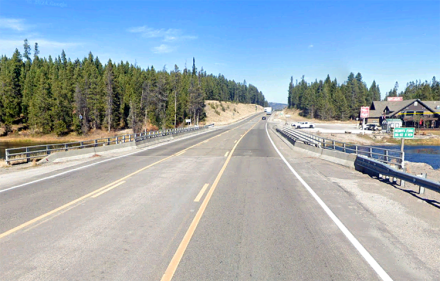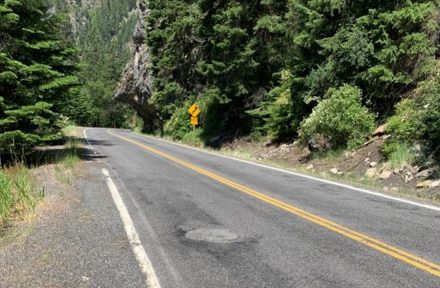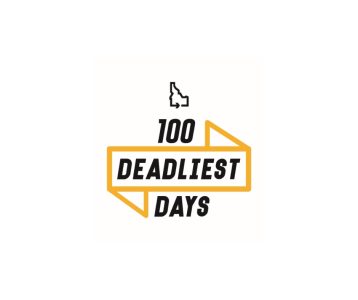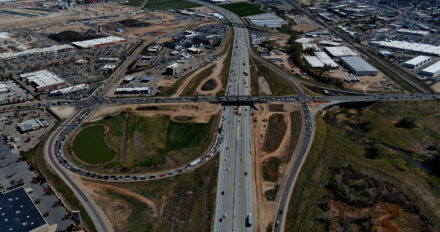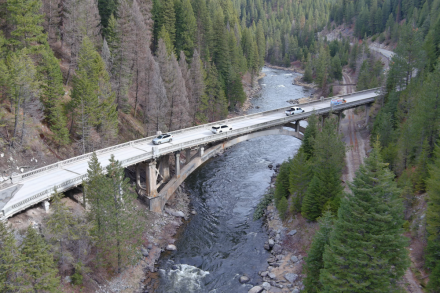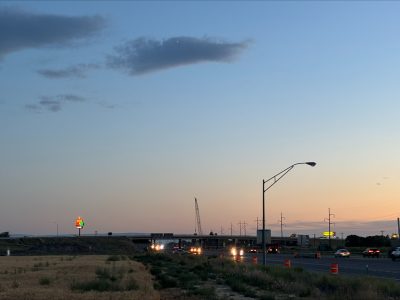Search & Filter
You may be looking for:
Showing 792 articles
-
July 21, 2025
Public invited to comment on Rainbow Bridge replacement plans
The Idaho Transportation Department invites the public to comment on plans to replace the Rainbow Bridge over the North Fork Payette River on State Highway 55.
-
 July 18, 2025
July 18, 2025Work at Macks Inn Bridge along US-20 beginning Monday
Work to improve and repair the Macks Inn Bridge along US-20 in Island Park is beginning Monday. Drive engaged through this popular area.
-
July 18, 2025
Northbound Blackfoot rest stop to close next week
Beginning Monday, the Interstate 15 northbound rest stop north of Blackfoot will be closed for maintenance.
-
July 18, 2025
Westbound Garrity on-ramp to close overnight Monday for paving
The westbound on-ramp to I-84 at Garrity Boulevard will be closed Monday night beginning at 8 p.m.
-
 July 16, 2025
July 16, 2025Repaving starts Monday on SH-14 near Elk City
Paving will significantly improve rideability and make it a safer road for the traveling public.
-
 July 16, 2025
July 16, 2025Drivers urged to slow down: regional speed crackdown happening July 20–26
Law enforcement across Idaho will increase speed patrols July 20–26 as part of a regional campaign to reduce deadly crashes.
-
July 14, 2025
Historic System Interchange rebuild nearing successful completion
With the painting of final lane markers on the new roadway, construction at the I-86/I-15 “Flying-Y” System Interchange in Pocatello is coming to a successful conclusion.
-
 July 11, 2025
July 11, 2025Major traffic changes on westbound I-84 in Caldwell start Sunday
The Idaho Transportation Department will change the traffic pattern on westbound I-84 in Caldwell starting Sunday night. Westbound motorists are advised to drive with caution and follow signage.
-
 July 11, 2025
July 11, 2025IT Engineer Receives High Honor for Assistance with Murder Conviction
IT Engineer Shea McNama was recently awarded by the Bonneville County Prosecutors Office for his assistance with a murder conviction.
-
 July 11, 2025
July 11, 2025I-84 will close Sunday and Monday nights at the Karcher Interchange
Interstate 84 will close overnight under the Karcher Interchange this Sunday and Monday to protect crews working on the Karcher Interchange Bridge. Detours will be in place.
-
 July 11, 2025
July 11, 2025Comments sought at July 22 open house for replacement of SH-55 Rainbow Bridge
ITD invites community to view new bridge designs July 22 in Cascade.
-
 July 10, 2025
July 10, 2025On-ramp to eastbound I-84 (Exit 211) to close this weekend for repaving
The eastbound on-ramp for Interstate 84 from State Highway 24 will close this weekend for repaving as part of the ongoing reconstruction of the Heyburn Interchange.

